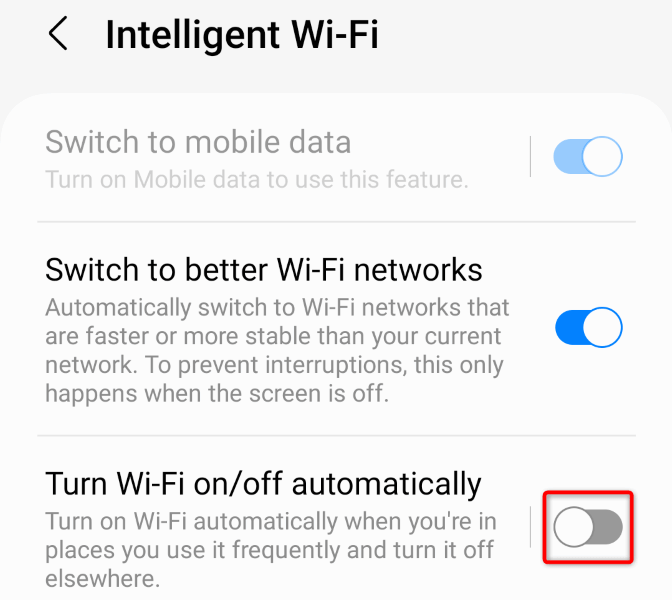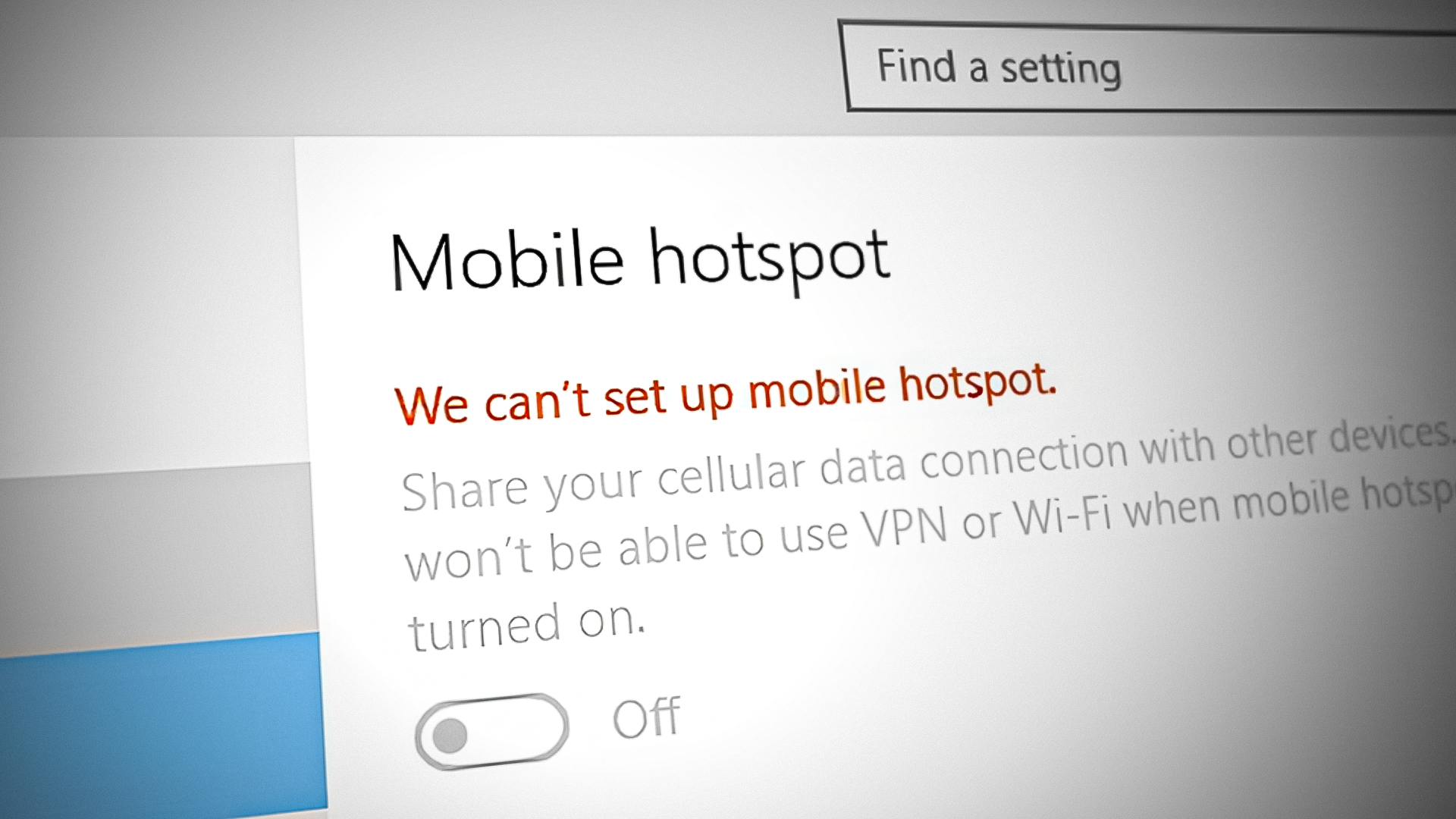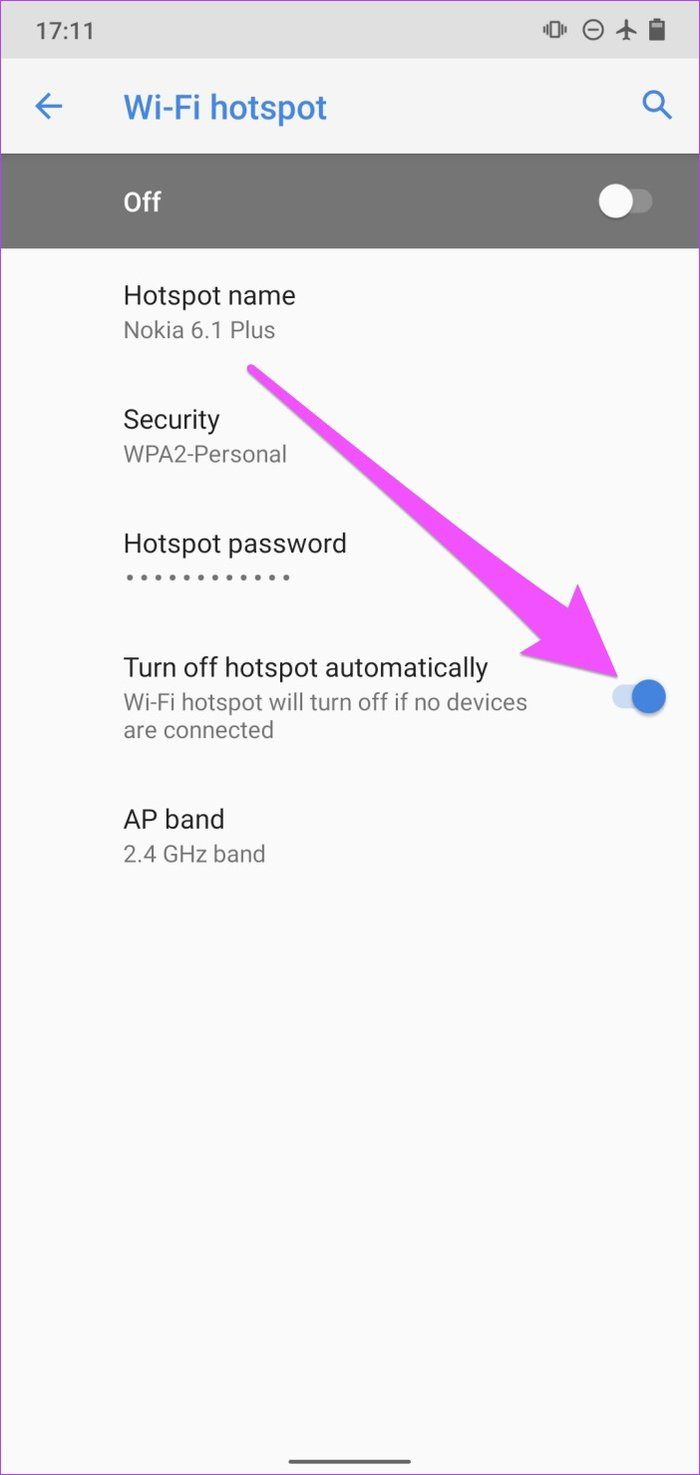Can You Stream Off A Hotspot
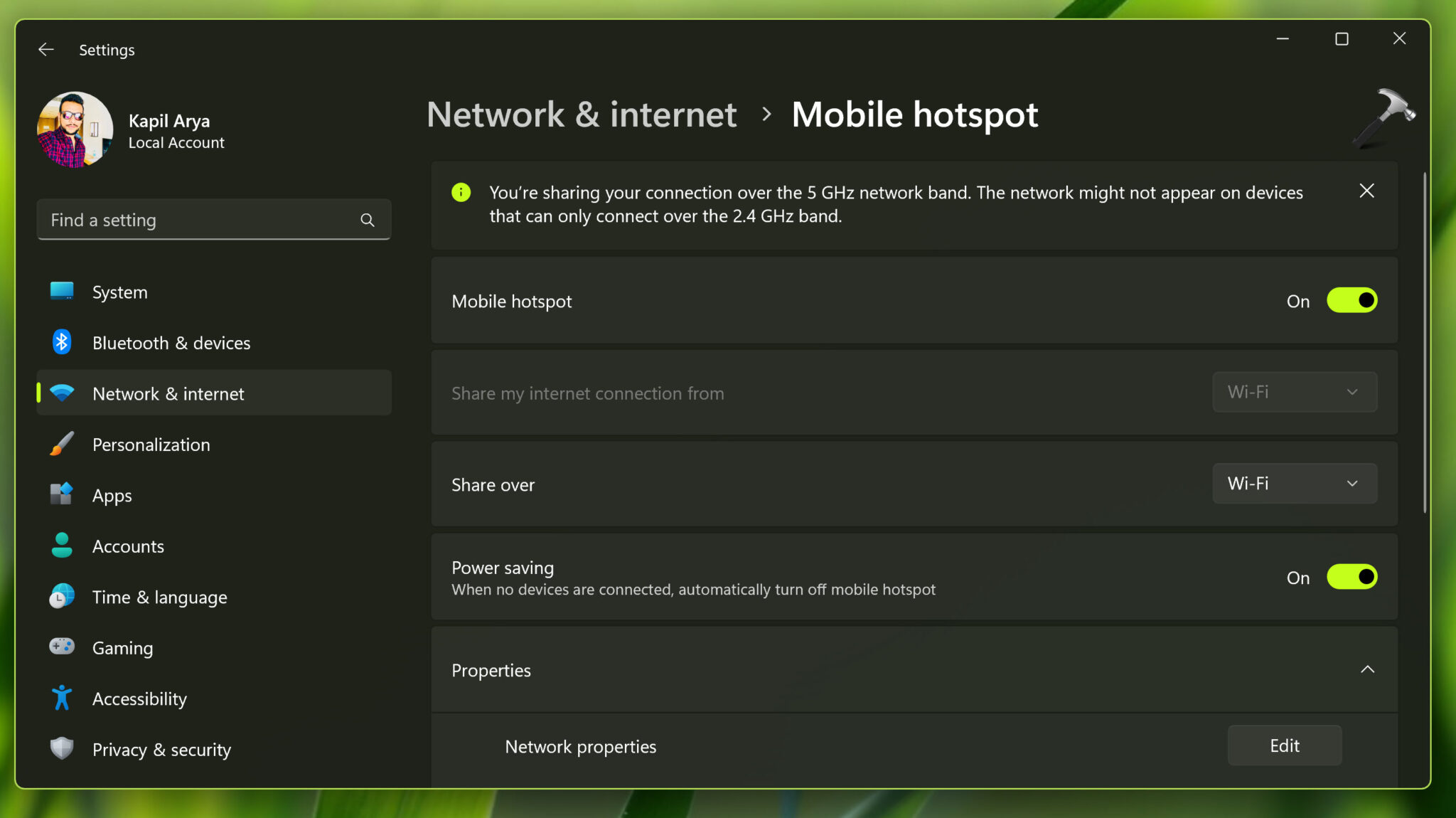
Imagine this: you're nestled in a cozy cabin, miles away from city lights, the scent of pine filling the air. A crackling fireplace provides warmth as you settle in to watch your favorite movie. But wait, there's no Wi-Fi! Your only lifeline to the digital world is your trusty smartphone's hotspot.
The question then becomes: can you actually stream a movie using your phone as a hotspot? The answer is yes, but with a few important considerations. This article dives into the feasibility of streaming off a hotspot, exploring the factors that impact its performance, and offering tips to optimize your experience.
The Hotspot: A Wireless Lifeline
A mobile hotspot essentially transforms your smartphone into a portable Wi-Fi router. It uses your phone's cellular data connection to create a Wi-Fi network that other devices, like laptops, tablets, and even smart TVs, can connect to.
This technology has become increasingly vital in our hyper-connected world, offering internet access in areas where traditional broadband services are unavailable. It’s a game-changer for travelers, remote workers, and anyone who needs internet on the go.
Data: The Fuel for Streaming
The biggest hurdle to streaming via hotspot is data consumption. Streaming video, especially in high definition, devours data at an alarming rate. Understanding your data plan is crucial.
A standard definition (SD) stream might use around 1 GB of data per hour, while high definition (HD) can easily consume 3 GB or more, according to data usage estimates from sources like Netflix and YouTube. 4K streaming can skyrocket to 7 GB or even higher per hour.
Most mobile data plans have limitations, with many offering a certain amount of high-speed data before throttling speeds or incurring overage charges. Exceeding your data limit can result in significantly slower speeds, making streaming nearly impossible, or a hefty bill at the end of the month.
Speed: The Key to a Smooth Stream
Beyond data limits, the speed of your cellular connection is a critical factor. A stable and reasonably fast connection is essential for buffer-free streaming.
According to the FCC (Federal Communications Commission), a minimum download speed of 25 Mbps (Megabits per second) is generally recommended for basic streaming, especially for HD content. However, even that might feel slow if multiple devices are connected to your hotspot.
Speeds can vary widely depending on your location, network congestion, and the strength of your cellular signal. Areas with weak coverage or high user density will experience slower speeds, potentially leading to buffering and interruptions.
Factors Affecting Hotspot Performance
Several factors can impact the performance of your hotspot. Understanding these elements can help you optimize your streaming experience.
Network Congestion
Like a crowded highway, cellular networks can become congested during peak hours. When many users are accessing the network simultaneously, speeds can slow down significantly.
Streaming during off-peak hours, such as early mornings or late nights, can improve your chances of a smoother experience.
Signal Strength
A strong cellular signal is paramount for a stable and fast hotspot connection. Poor signal strength can result in dropped connections and sluggish speeds.
Moving to an area with better reception, such as near a window or outside, can often improve signal strength. Verizon and AT&T, for example, often publish coverage maps that can help you understand signal strength in different areas.
Device Capabilities
The capabilities of your smartphone and the device you're streaming on can also play a role. Older devices may have slower processors or less efficient antennas, impacting performance.
Ensure both devices are running the latest software updates, as these often include performance improvements and bug fixes.
Data Plan Restrictions
Some mobile data plans have specific restrictions on hotspot usage. They might throttle speeds or limit the amount of data you can use for hotspot connections.
Carefully review your data plan's terms and conditions to understand any limitations that might affect your streaming experience. Some carriers, like T-Mobile, offer plans with dedicated hotspot data allowances.
Tips for Streaming Off a Hotspot
Despite the challenges, streaming off a hotspot is entirely possible with the right approach. Here are some tips to optimize your experience:
- Monitor your data usage: Use your phone's built-in data monitoring tools to track your usage and avoid exceeding your data limit.
- Lower video quality: Reduce the streaming resolution to minimize data consumption. Opt for SD instead of HD if possible.
- Download content beforehand: Download movies or TV shows to your device when you have access to Wi-Fi, then watch them offline.
- Close unnecessary apps: Close any apps running in the background that might be consuming data.
- Use a Wi-Fi extender: A Wi-Fi extender can boost the signal strength of your hotspot, improving performance.
- Consider a dedicated hotspot device: For frequent hotspot users, a dedicated mobile hotspot device might be a better option than using a smartphone. These devices are often more powerful and offer better battery life.
The Future of Mobile Streaming
As 5G technology becomes more widespread, streaming off a hotspot will likely become a much more seamless and reliable experience. 5G offers significantly faster speeds and lower latency compared to 4G LTE, making it ideal for bandwidth-intensive activities like streaming.
However, 5G availability is still limited in many areas, and data plans can be expensive. As infrastructure continues to improve and prices become more competitive, 5G will undoubtedly revolutionize mobile streaming.
While you are waiting, consider using applications, like Netflix, that allow the user to choose from various resolution qualities. This can save significant amount of data and make it possible to stream movies off the hotspot.
Conclusion
Streaming off a hotspot is a viable option for staying entertained on the go, but it requires careful planning and a mindful approach to data consumption. By understanding the factors that impact hotspot performance and implementing the tips outlined above, you can enjoy a relatively smooth streaming experience even in areas without traditional Wi-Fi.
So, the next time you find yourself in that cozy cabin, armed with only your phone and a craving for a movie night, don't despair. With a little preparation and a dash of patience, you can indeed stream off your hotspot and enjoy your favorite content, even in the most remote locations. Remember to check with your provider, such as Visible, for the best hotspot data plans.
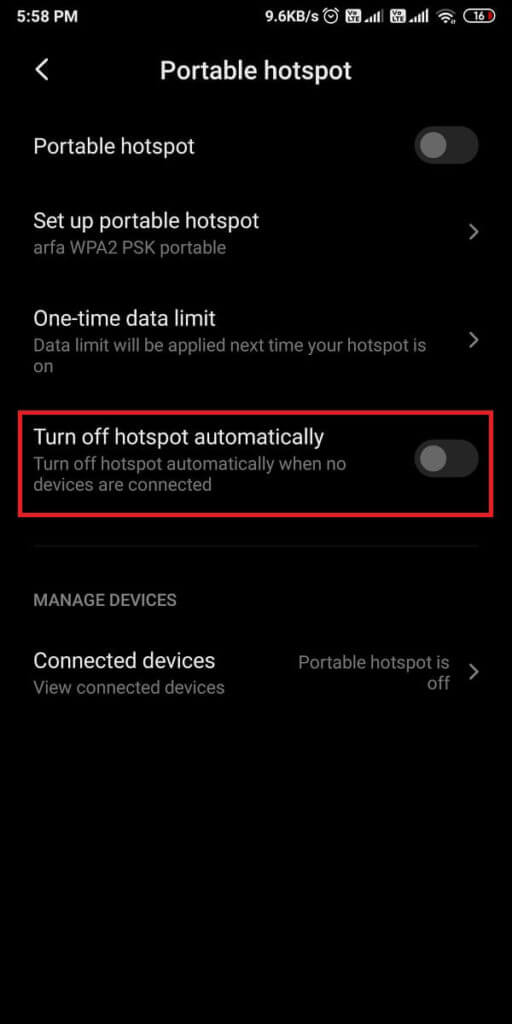
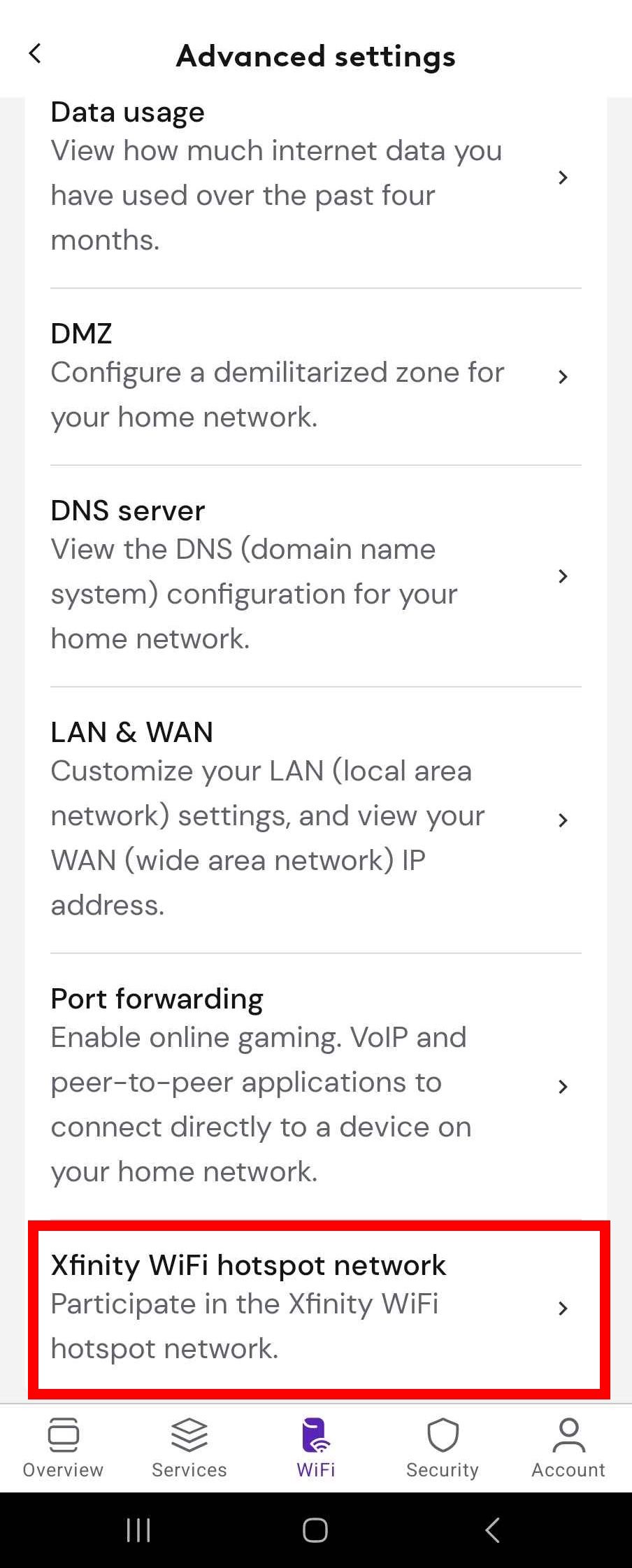







![Can You Stream Off A Hotspot 10 Ways to Fix Hotspot Keeps Turning Off on Android [2025]](https://techpp.com/wp-content/uploads/2023/06/Automatic-Hotspot-Turn-off-feature-Android.png)
